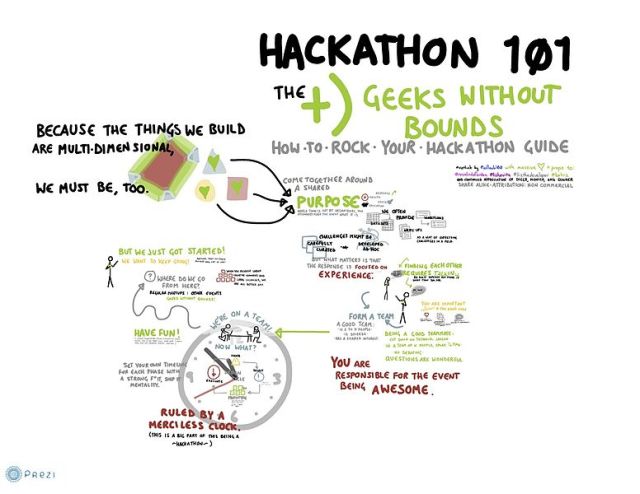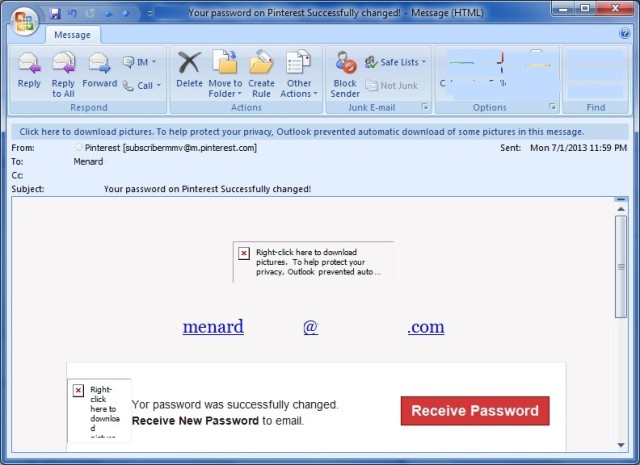I have mentioned in my previous post that one of the most enjoyable activities of Product Managers is doing customer visits. I have created a short Customer Visit Report Template that I used presenting the visit to my colleagues and to the management team. May be useful for other product managers so I’m sharing it here at AVSecurityProductManager.com
Customer Visit Report Template
- Customer Company Name
- Customer Visit Participants
- Date and Place of Customer Visit
- Customer Background/Profile/Situation
- Main Report (Customer challenges and other customer visit details)
- Extra Q&A
- Customer Visit Insights
- Action items
Customer Company Name
To start the Customer Visit Report document, you need to state the name of the company that you have visited and add a one or two-liner describing the customer’s nature of business, their industry and other interesting info about the customer. Your Sales Team or Support Team will be a good information source. In the event that Sales or Support folks are not available, the internet will be a good resource too. I learned this via my infosec and social media exposure: “Google/Bing/Search the internet”. Use the company name as search keywords and look for the about the company section. Focus on the department or group that you will be visiting (this should be part of every customer visit prep work that PM’s should do beforehand) to know more detailed info about the customer.
Customer Visit Participants
Who are the people you have visited or met? Which group are they from?
You should list down the people you have visited and met (and their designation to the company). If other people from your company joined you in the customer visit, it will be helpful to list them here too. It is customary to exchange business cards at the start (or end) of the customer meeting and this will be good source of info to recall the names of the customers you have interacted with.
Date and Place of Customer Visit
Was the customer visit done on customer’s onsite location? Or was this part of a customer event that your company arranged? Or maybe done via meet-up as part of industry conference (maybe like RSA Conference). May be a minor detail but it will be helpful in the long run. Should you run into an email by the customer in the future, you can just look at the first page of your customer visit report and say that “Hey I visited you guys on this date…”. Make good impression!
Customer Background/Profile/Situation
In this section, you should share the purpose of the customer visit. Are you here to support your sales guy in closing the deal? Are you putting out fires? Are you here to calm an irate customer? Or is this a confidence visit with a key customer?
Share the background situation (again PMs should know this before the actual customer visit). If you have a product portfolio (like the company I’m working with now) list which products the customers are using, what version of the products, how many seats, other pertinent business details. During the visit, do some competitive intel gathering too (e.g. what competitor products are they using, what versions, are they satisfied, can we complement these solutions? or maybe displace them).
Main Report (Customer challenges and other customer visit details)
This will be the most detailed part for the customer visit report. You can connect the details of the customer background/profile and describe the details on how customer visit went thru. You can put the customer challenges (if they have any) and other customer detailed discussions in this part.
This part can be very free-flow, free-format as each customer visit may have unique scenario and details. This main part will be helping you in providing details of the customer problem and/or solutions back to your team.
Extra Q&A Tips
This part is my personal touch to the main report. I usually ask a template question (describe in this post), especially during my first visit to the customer. I usually ask about the good and the bad about my company or my product.
For the good stuff I usually ask “What they (customers) like best about our company or our products?”. With this question you can discover many revealing answers. And if you are lucky enough you can validate your company’s or groups core competence and strategies directly with the customer. Ask customer to elaborate more to understand your products more.
For the improvement part (the negative ones), you should not ask it as bluntly as what’s bad with our company or product (you may be attracting negative energies if you do it this way). Be gentle and do it politely. Call it euphemism but I usually ask “What they (customer) think will make our company or our product better?”. It is good to know what else you can improve from the customers directly (and not from other intermediate channels within the company). Hopefully with this question, you can also extract interesting answers from the customer and that you can bring it back to your team back home. Just be careful as this part of Q&A may turn into ranting or whining session by the customer. If you are not confident on asking about this “improvement”, skip it and focus on the positive feedback from the customer.
Customer Visit Insights
From the details you gathered above, create some insights about the customer visit. You can share what you learned about the customer, your product and how they interact, etc. You can validate your ideas, projects, strategies, concepts that you have in mind based from the feedback from the customer as well as the visit itself. This customer visit insights part should help you as PM as well as the management team in their respective activities.
Action items
Lastly, list down the action items. Does customer need something (documents/tools/whitepapers) that you have mentioned in the visit but have not delivered to them yet? Do you have to follow up on some items or request made by the customer?
Put action item owners and target dates so that you can properly track it.
I hope you find this Customer Visit Report Template helpful.
I will try my best to come up with other helpful things about customer visits in the near future.




